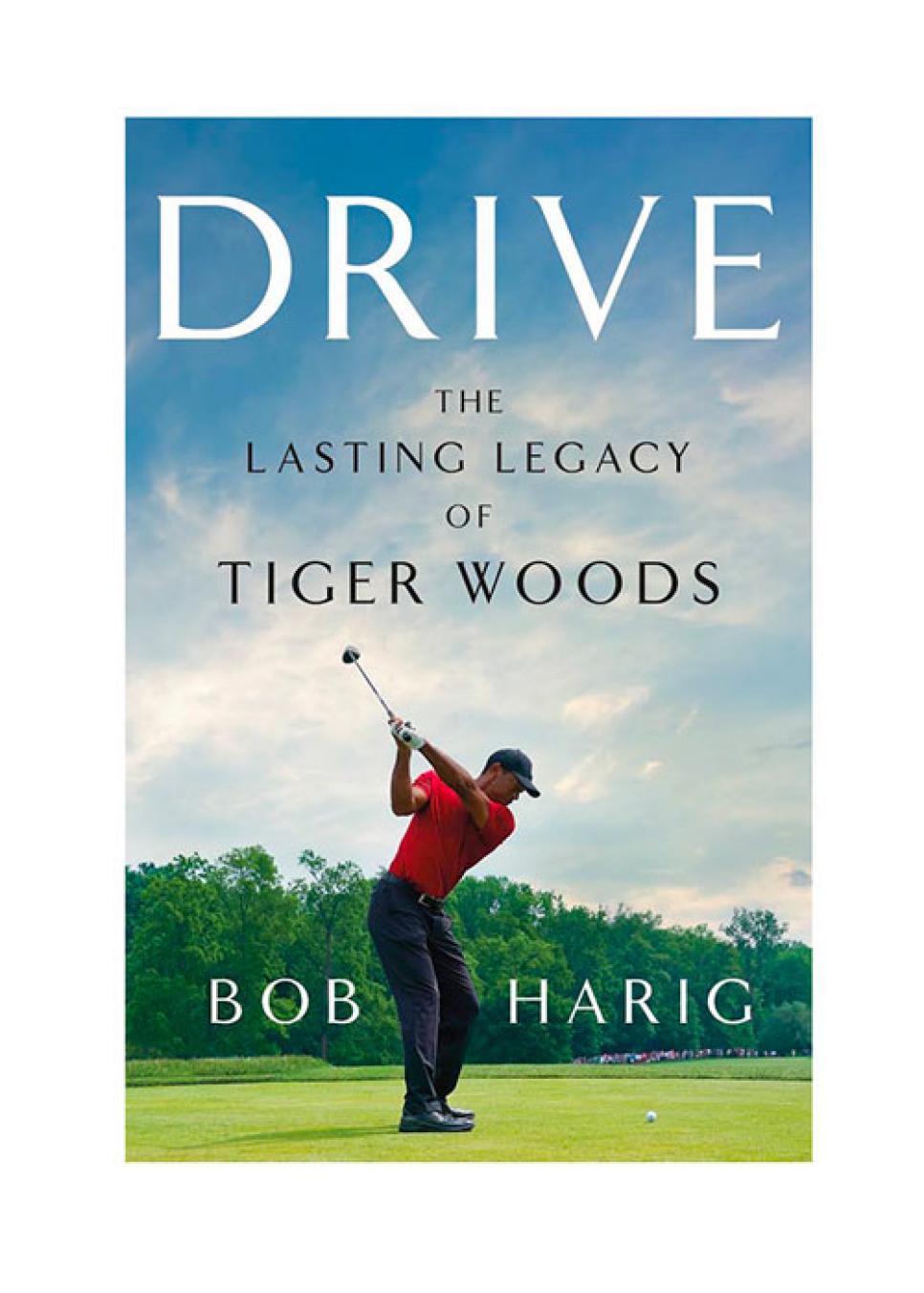[PHOTO: Andrew Redington]
What do we talk about when we talk about Tiger Woods? The career-defining triumphs, the charisma, the controversy, the comebacks and – as he plays less yet still serves as a living wayfinder for those attempting to follow his path – the gaudy statistics. What Bob Harig posits in his new Tiger biography, Drive: The Lasting Legacy of Tiger Woods, out now through St Martin’s Press, is that we should be looking more closely at the invisible hunger that propelled Woods to the ludicrous heights and sustained him through every challenge, every injury, every mistake along the way. It’s there in his title – the essential, inimitable drive to greatness.

Harig joins a lengthy list of Tiger’s literary chroniclers – one that includes himself, from 2022’s Tiger & Phil: Golf’s Most Fascinating Rivalry. Drive stands out for its format, which can best be described as a series of vignettes from Tiger’s career that illustrate his resilience in the face of obstacles, both self-inflicted and otherwise. One chapter may focus on his foundational win at the 1997 Masters, another his limping victory at the 2008 US Open (saddled by a torn ACL and two stress fractures) and another his seven-year made-cut streak, the likes of which we’ll never see again.
“To accumulate the résumé he did in 20-plus years of professional golf, there had to be an inner fortitude that pushed him,” Harig writes, “an attitude that did not allow him to settle for what likely would have been good enough.”
Harig – and Tiger – make a convincing case. This is certainly the most thorough documentation of the physical suffering Woods endured while accumulating his 15 majors and 82 PGA Tour wins, and it effectively demonstrates the sheer force of will required to simply play at many stages of his career. We all know about the duel against Rocco Mediate at Torrey Pines, for instance, but Harig leaves you convinced that nominally lesser feats, such as simply making the cut at both the Masters and PGA Championship in 2022, are equally impressive. Not to mention his unlikely 15th major triumph, 11 years after the one preceding it, in 2019 at Augusta.
Masters 2024: Tiger Woods is in the field (for now), while controversial past champion is out
Woods’ February 2021 car crash is an obvious focal point of this narrative. While there’s no new information on the cause of the accident, Harig narrates the story with a keen attention to detail and plenty of reaction from Woods’ peers. This serves as a microcosm for the book at large; in terms of new access to Tiger, Harig surely would have liked more, but his connections with other players past and present, as well as the fact he’s probably spoken as much with Woods as any other journalist in the past 25 years, ably make up the gap.
Plus, the premise is ironclad. For mysterious reasons, “hard worker” is never on the tip of the tongue when describing Woods’ legacy, and it should be. This aspect is not as glamorous or incendiary as the triumphs and tragedies dotting his personal and professional life, but it’s the glue tying the narrative together, and the engine of both his initial rise to success and the inexorable wave of unlikely comebacks that continue to the present.
Woods is approaching his 50th birthday (on December 30, 2025), his body seems to be in a constant state of disrepair, and there’s no indication that he’ll ever compete at his former level. But when forced to answer everyone’s favourite question – “Is Tiger done?” – you have to reckon with the remarkable, cyclic history of suffering and rebound. Harig isn’t the type of writer to make rash predictions, but he lays out the case by implication: count him out at your own peril.



